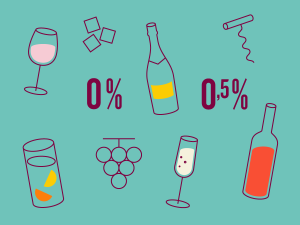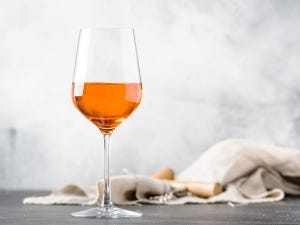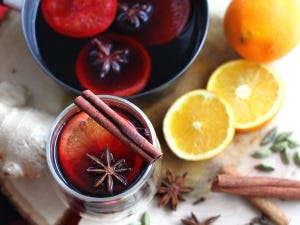More than ever, consumers are buying increasing quantities of wines from Quebec. We don’t worry anymore about our short winemaking history and it’s becoming customary to bring home a local wine. Curiosity also plays a role and contributes to this success. Most people have heard of grape varieties like Seyval Blanc and Vidal, but don’t know a great deal about their origins or sensory properties. Here’s a mini guide to the five most widely cultivated white grapes in La Belle Province.
Five main white grape varieties grown in Quebec
Vidal
A cross of the Trebbiano Toscano and Rayon d’Or varieties, Vidal was developed in the 1930s for use in cognac production by Jean-Louis Vidal. Even though created in France, the variety is no longer authorized there. Hardy and boasting a tough outer skin, Vidal typically produces dry white wines and excellent icewines with notes of pear and citrus.
Seyval Blanc
Originating in France, this variety is the most popular grape in Quebec and has enjoyed substantial growth. It was widely planted in Champagne during the phylloxera plague so as to ensure the production of quality sparkling wines. A vigorous variety, Seyval Blanc ripens early and requires cluster thinning. Often used for making icewine, it generally produces dry, light wines with a healthy dose of acidity.
Frontenac Gris
This versatile grape is suitable for making dry white wines, sparkling wines and icewines. Introduced in Quebec in 2008, it contains high levels of sugar and acidity. Frontenac Gris wines typically present peach aromas.
Frontenac Blanc
Like its cousin Frontenac Gris, Frontenac Blanc is also versatile. It thrives in all soil types and lends itself to a broad range of wine styles, including one with a lemon-yellow colour and aromas of peach, pear and tropical fruits.
St. Pepin
Introduced in 1987, St. Pepin is frost-sensitive and its yield varies depending on annual climate conditions. It produces quality wines – dry, mineral, with low acidity and notes of honey and white fruit. St. Pepin can also be left on the wine for late harvesting. It’s a suitable base for blending and is considered by many to be Quebec’s best white grape variety.
So let’s get to know our local grapes, one variety at a time. And why not organize a tasting party around a single grape variety? Now that’s a fun and instructive activity – and a good opportunity to find out once and for all that Quebec wines are well worth the detour!
Overview
- Montérégie is far and away Quebec’s largest wine-producing region.
- In 2017, white wine accounted for 40 percent of Quebec’s total production, and red wine 35 percent.
- Rustic and semi-rustic varieties represent 94.5 percent of Quebec viticulture.
- Wine growing in Quebec dates back for decades. However, it was not until the 1980s that cultivation assumed commercial proportions with the arrival of the L’Orpailleur and Côtes d’Ardoise vineyards.
Photo: Two Food Photographers
 Access to SAQ Inspire personalized services and store inventories are unavailable at the moment.
Access to SAQ Inspire personalized services and store inventories are unavailable at the moment. Free in-store delivery with purchases of $75+ in an estimated 3 to 5 business days.
Free in-store delivery with purchases of $75+ in an estimated 3 to 5 business days. 










